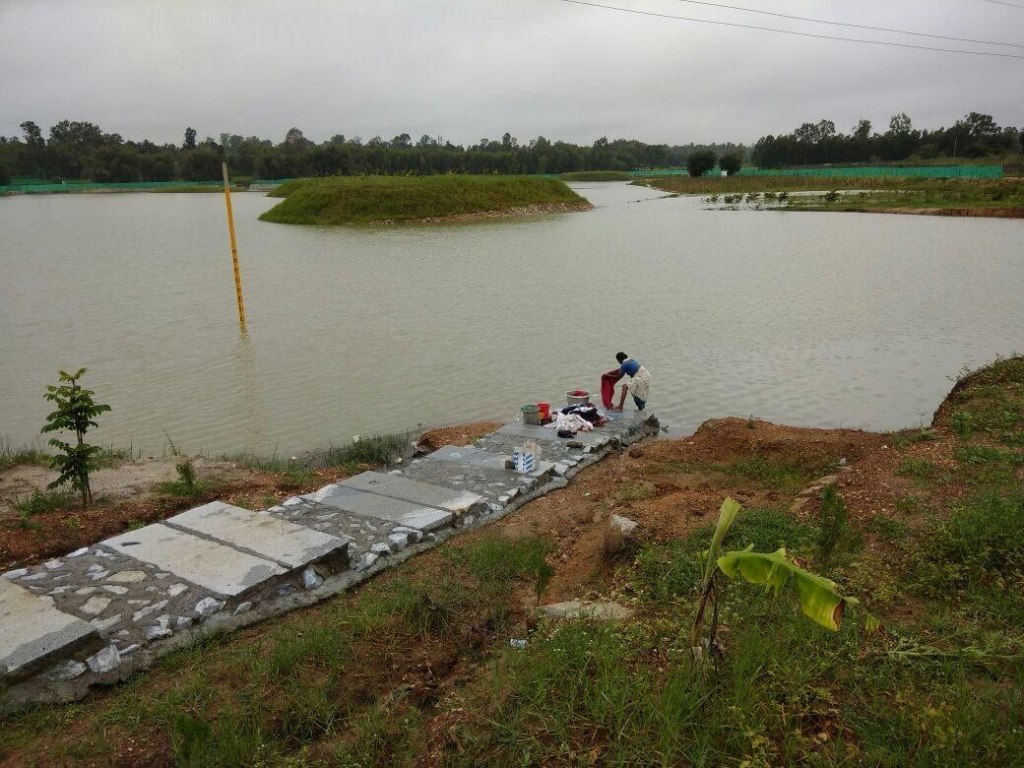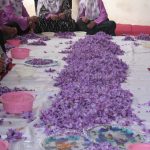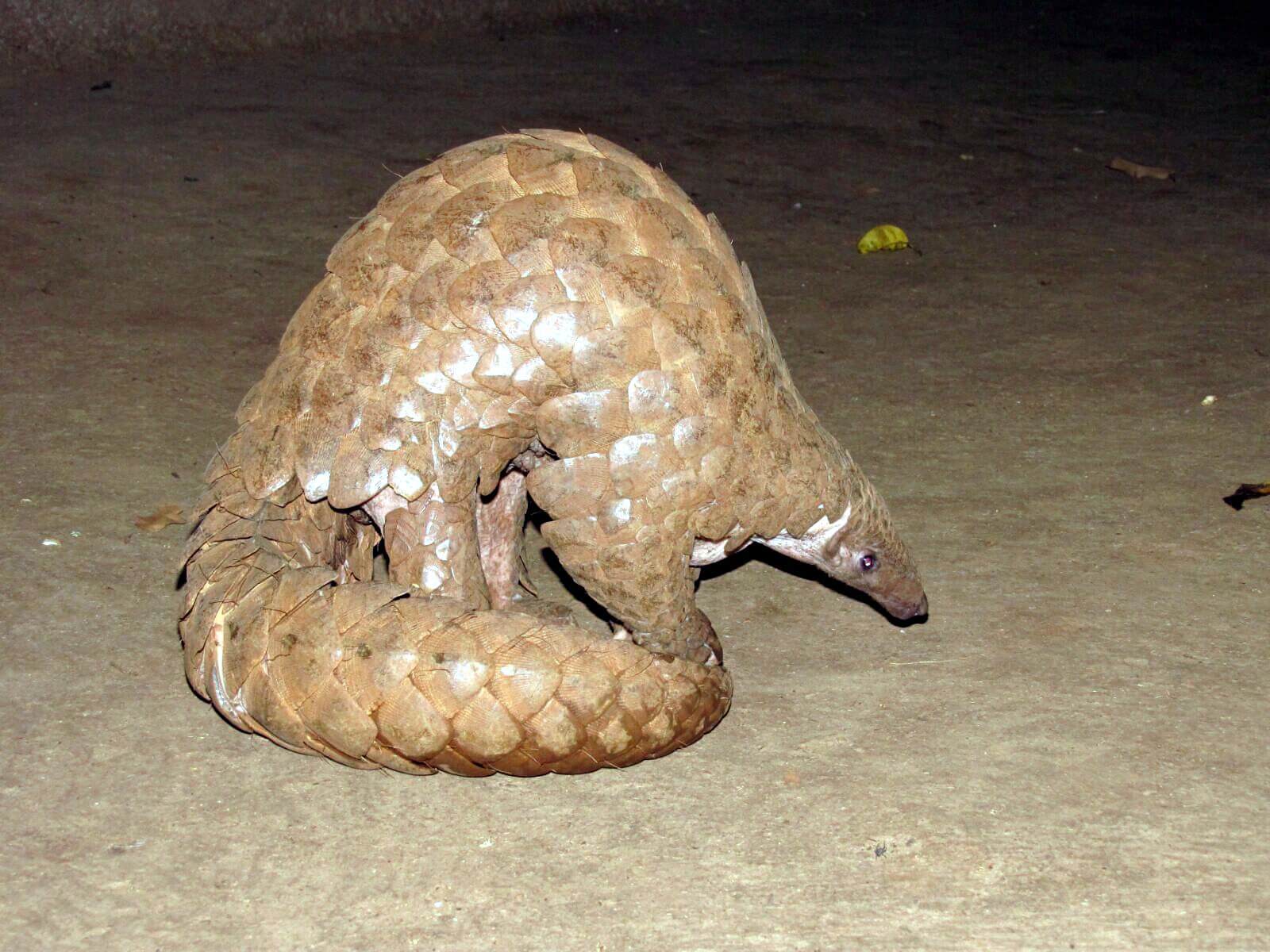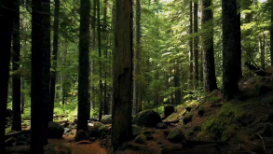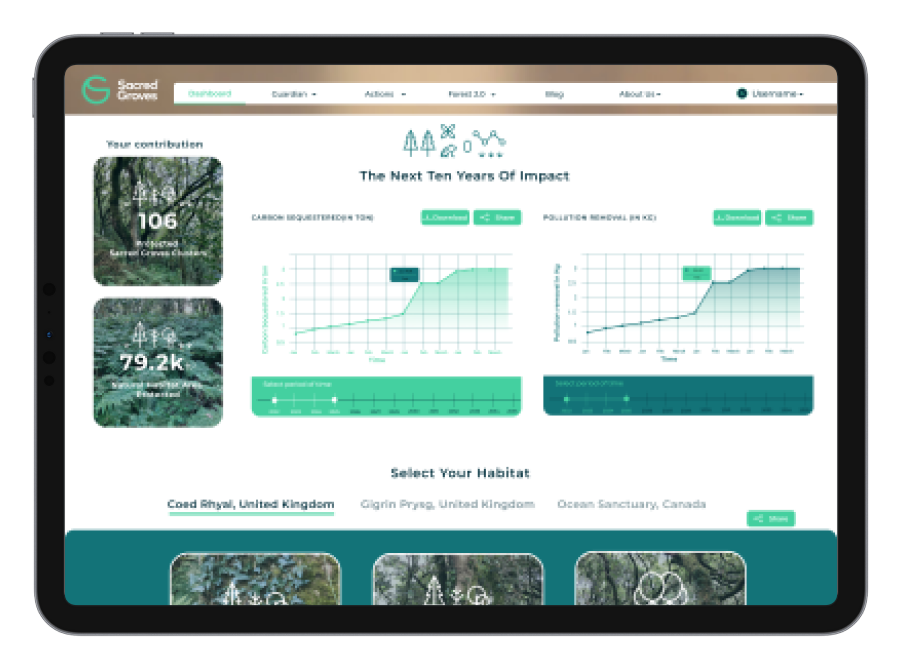Techie Anand Malligavad is inspiring individuals and corporates in a parched Bangalore to bring the lakes the megapolis was once famous for, back to life
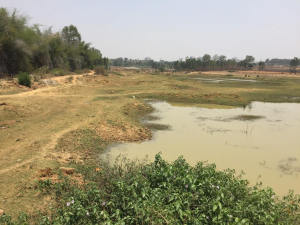
What can one person do when an entire megapolis begins to lose all of its natural water bodies? Ask Bangalore-based ex-techie Anand Malligavad. In the last three years, he has managed to rope in entire communities to revive five large lakes in India’s Silicon Valley. Now his charity Lake Revivers Collective plans to work on 40 more by 2025. Malligavad has no technical training in lake conservation and rejuvenation: “All I have is a sense of urgency that if we don’t repair the damage we’ve already wrecked,” says the environmentalist, “it’s going to end badly for all of us…”
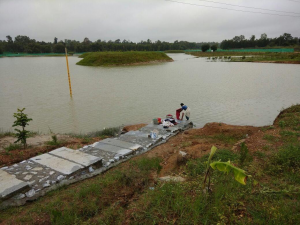
It all began when Malligavad visited the 36-acre water body, Kyalasanahalli Lake in 2017. “It had been reduced to a bone-dry cricket field and dumping ground,” he recalls. “It struck me that I’d actually seen Bangalore transform from a city of lakes to one where everyone depends on water tankers to meet their daily needs!” So he approached Sansera, the engineering company he worked for, to fund the rejuvenation of the lake. With local volunteers, three earth movers and six trucks, Malligavad removed almost 400,000 cubic meters of mud from the lake. Again with the help of volunteers, he planted 18,000 saplings of indigenous trees including 3,000 fruit trees, 3,000 native plants and 2,000 medicinal plants. The excavated mud was used to create five `islands’ in the lake for birds to nest. In a mere 45 days, the area was transformed and the next monsoon rains filled up a lake that had been parched for 35 years.
Buoyed by this success, Malligavad quit his job to work on lake revival full time and was joined by environmentalist Akshaya Devendra. Not only have they revived four more lakes since then, they have also managed to rope in local corporates to fund their work and volunteers to donate their time. “Some of the lakes we’ve worked on have been in really bad shape,” he says. “For example, Konasandra Lake was so full of sewage and runoffs from nearby pharma companies that instead of water, it had a stinky gel-like sludge.” With funds donated by one of these pharma companies, Malligavad and his team cleaned up the lake in under three months.
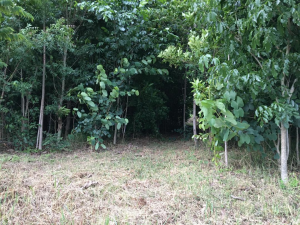
These experiences have helped Malligavad develop a lake revival model that can be quickly and cheaply replicated across different terrains. “First, one must view the lake in its context,” he says. This involves, among other things, planting of native trees and plants nearby and strengthening its banks with local grasses. “In the projects we’ve undertaken so far, we have afforested forty percent of the area around our intervention zone,” he says. “This improves the area’s biodiversity and bolsters its water-holding capacity.” Second, the rejuvenated lake must be able to sustain itself naturally after their interventions. To this end, Malligavad and his cohorts at Lake Revivers Collective plant water-purifying lotuses and lilies in the water, soil-binding grasses on the lake’s edge and intersperse these with Miyawaki plantations (a Japanese technique of plantation which enables native saplings to grow ten times faster and denser than usual). Third, they always involve local stakeholders – local communities as well as corporates. “When they reap the undoubted benefits of having a clean waterbody in their vicinity, they are further encouraged to keep it that way,” he says.
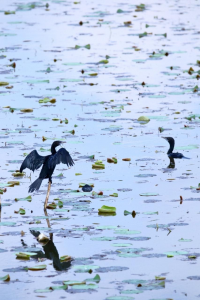
And benefits there are aplenty. In the long run, these revitalised lakes will increase the water table levels of a parched Bangalore and provide habitat for hundreds of bird, animal, insect and plant species. Meanwhile Malligavad has acquired quite the reputation as Bangalore’s Lake Man. “After 39 years of consuming so much on this planet, I’ve decided it’s time to give back,” he says. “Now I’ve dedicated my entire life to water, wildlife and afforestation and it feels good…”
Author: Geetanjali Krishna, The India Story Agency for Sacred Groves
Images Credit: Anand Malligavad, Bengaluru, India
Did you enjoy this article?
Share with friends to inspire positive action.
